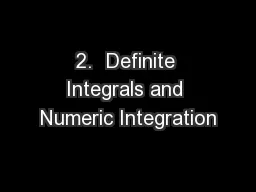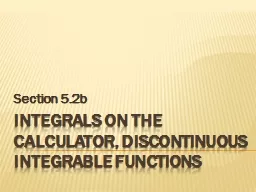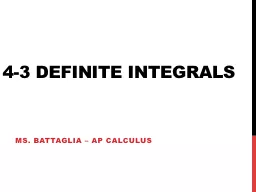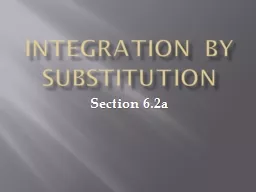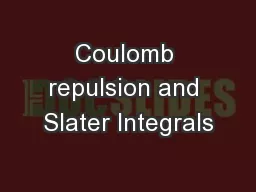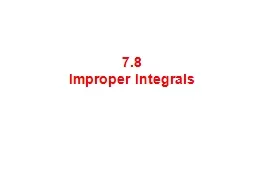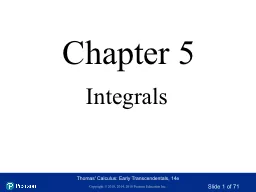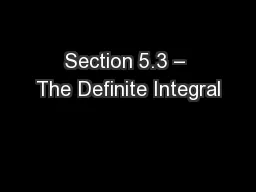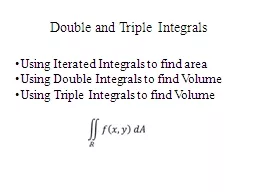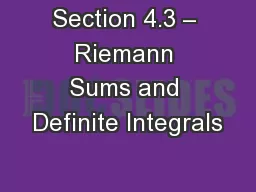PPT-2. Definite Integrals and Numeric Integration
Author : marina-yarberry | Published Date : 2017-05-25
Calculus Calculus answers two very important questions The first how to find the instantaneous rate of change we answered with our study of derivatives The second
Presentation Embed Code
Download Presentation
Download Presentation The PPT/PDF document "2. Definite Integrals and Numeric Integ..." is the property of its rightful owner. Permission is granted to download and print the materials on this website for personal, non-commercial use only, and to display it on your personal computer provided you do not modify the materials and that you retain all copyright notices contained in the materials. By downloading content from our website, you accept the terms of this agreement.
2. Definite Integrals and Numeric Integration: Transcript
Download Rules Of Document
"2. Definite Integrals and Numeric Integration"The content belongs to its owner. You may download and print it for personal use, without modification, and keep all copyright notices. By downloading, you agree to these terms.
Related Documents

